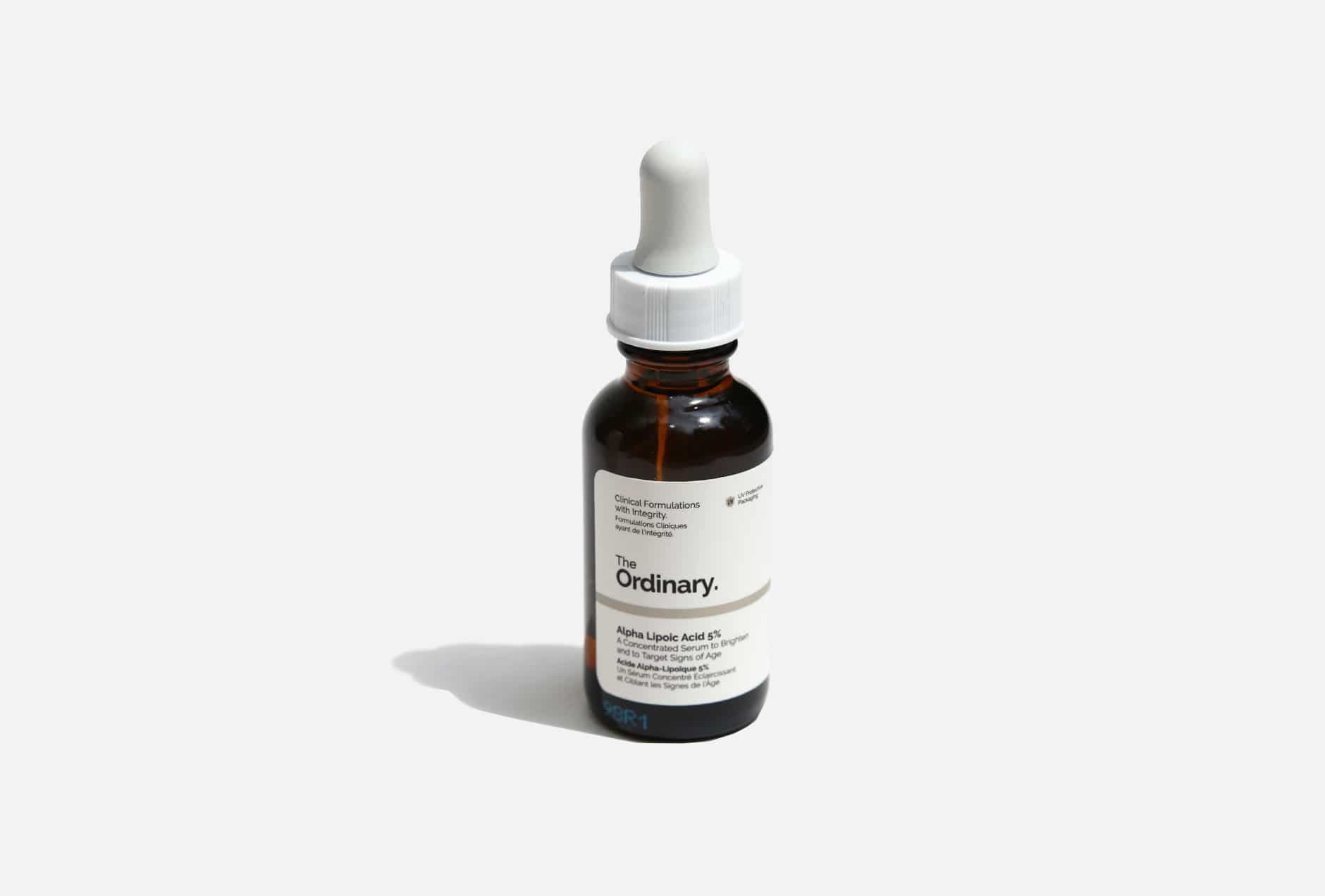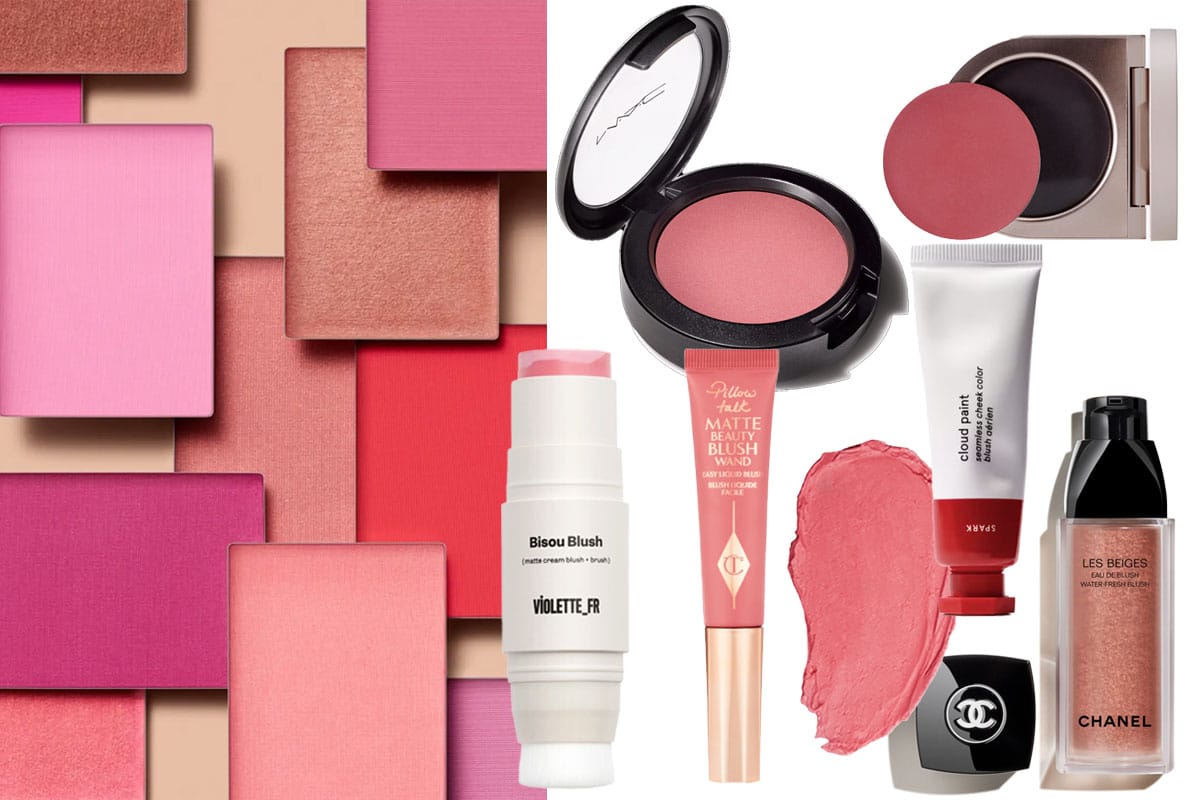The world of acids can be a scary place, even when we’re not talking about LSD. Acids in skincare are no new concept, however as the list of variables, ingredients and buzzwords continue to grow, we thought it might be high-time to get some clarity on acids - how they actually work, who should be using them and where exactly the right place to start is.
Enter: Sydney skin specialist, Jocelyn Petroni. “There are two main categories of acids, most fruit acids fall into the category of an AHA (Alpha Hydroxy Acid) or a BHA (Beta Hydroxy Acid). The difference is that the BHA has a smaller molecule so they can penetrate deeper into the skin, whereas the AHA work more superficially and tend to be more hydrating. BHA’s are oil soluble and tend to be more appropriate for more problematic skin, whereas AHA are better for dehydrated skin and skin that is ageing,” she explains. “Fruit acids were originally derived from nature. The way that these work is that after applying topically, they dissolve or digest away the surface skin cells. They work as exfoliants to remove the dry and dead skin. Then we have acids which are oil soluble. These will dissolve into the pore and break down blocked pores or oil that has built up and clogged the pore.”
Essentially, if you are aiming towards brighter, smoother, and a more even complexion, AHA’s are your ticket. If you’re dealing with breakouts and blackheads, BHA’s will sort you out. If both conditions are a concern, work with them together in moderation. “For sensitive skins, I would recommend papaya or pomegranate, which are actually enzymes, rather than acids, so they are milder, but they will still buff away gently and smooth the surface of the skin. For people who find granular physical exfoliants too harsh for their skin, a mild fruit enzyme is perfect,” Petroni advises.
If you’re curious about which individual acids sit in the aforementioned categories, acids like Lactic, Glycolic, Malic and Tartaric live in the AHA family, and Salicylic and Citric acid in the BHA family. When looking outside the realm of exfoliation, plenty of alternative acids exist, too. Ingredients like Hyaluronic acid act as a humectant, which basically means they will draw moisture from surrounding and help to hold moisture in the skin, and Ascorbic acid (a more legit word for Vitamin C) works as an antioxidant to brighten, lift pigmentation, and protect against free radicals.
With the number of products containing acids out there, it's almost impossible to know where to start even when saddled with all of the above information. For ease of reference, we’ve put together a list of our preferred forms of acid, in all their glory.
The defender
A complete all-rounder, the iS Clinical Active Serum will brighten, improve congestion and defend against signs of ageing. The results-oriented formula also decreases the appearance of fine lines, evens the skins tone, and supports blemish-prone skin en route to clarity. Packed with glycolic acid (AHA) and salicylic acid (BHA), this one won't strip your skin - rather will leave it plumped, smoothed and more hydrated within days.
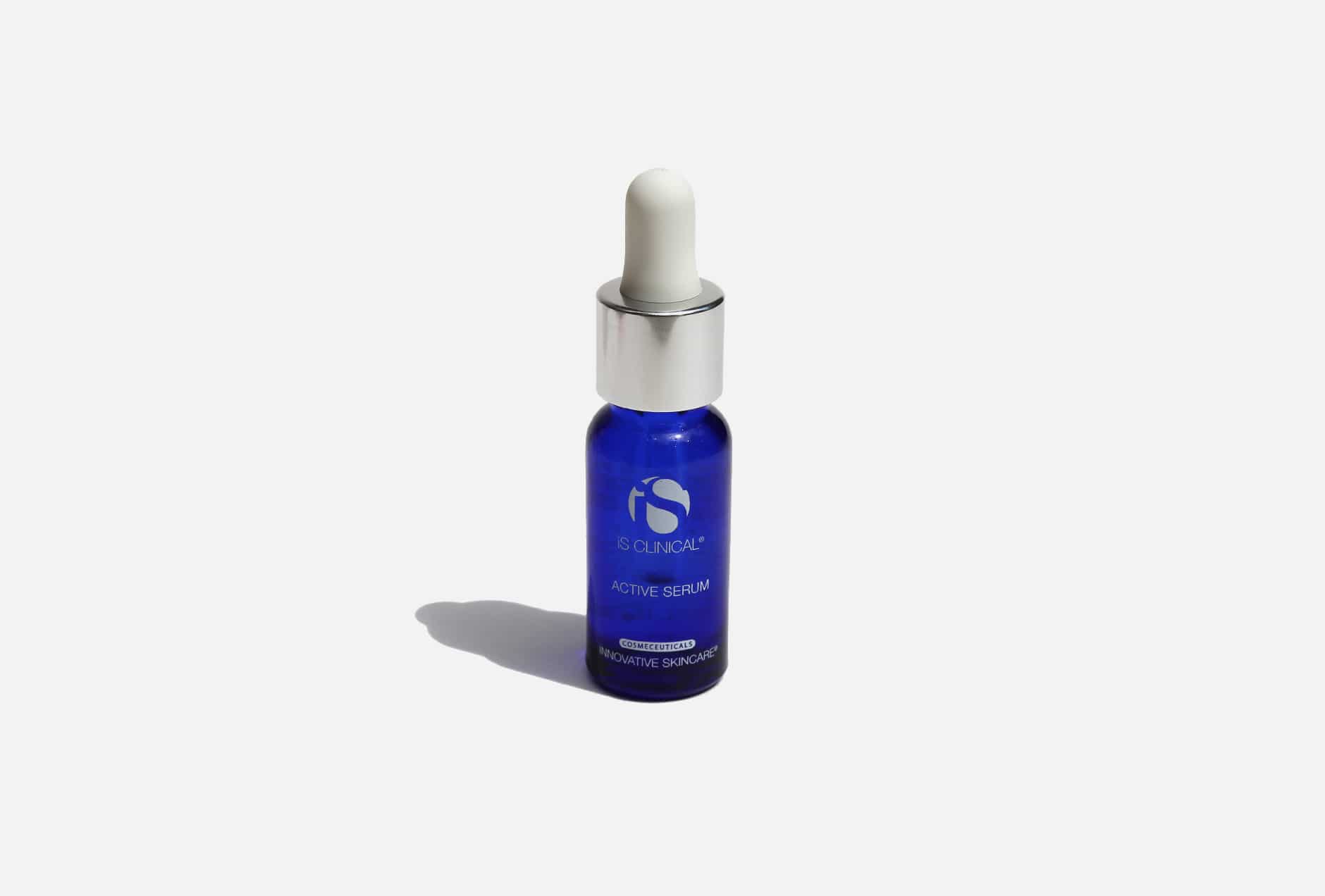
The cult favourite
Is this even a story on acids if Lotion P50 doesn’t feature? The cult favourite is both of these things for a reason. Hailed to condition, purify, cleanse and exfoliate the dermis, P50 is packed with AHA’s and BHA’s, amongst a myriad of other botanical and vitamin extracts that smell like manure, but do exactly what they say.
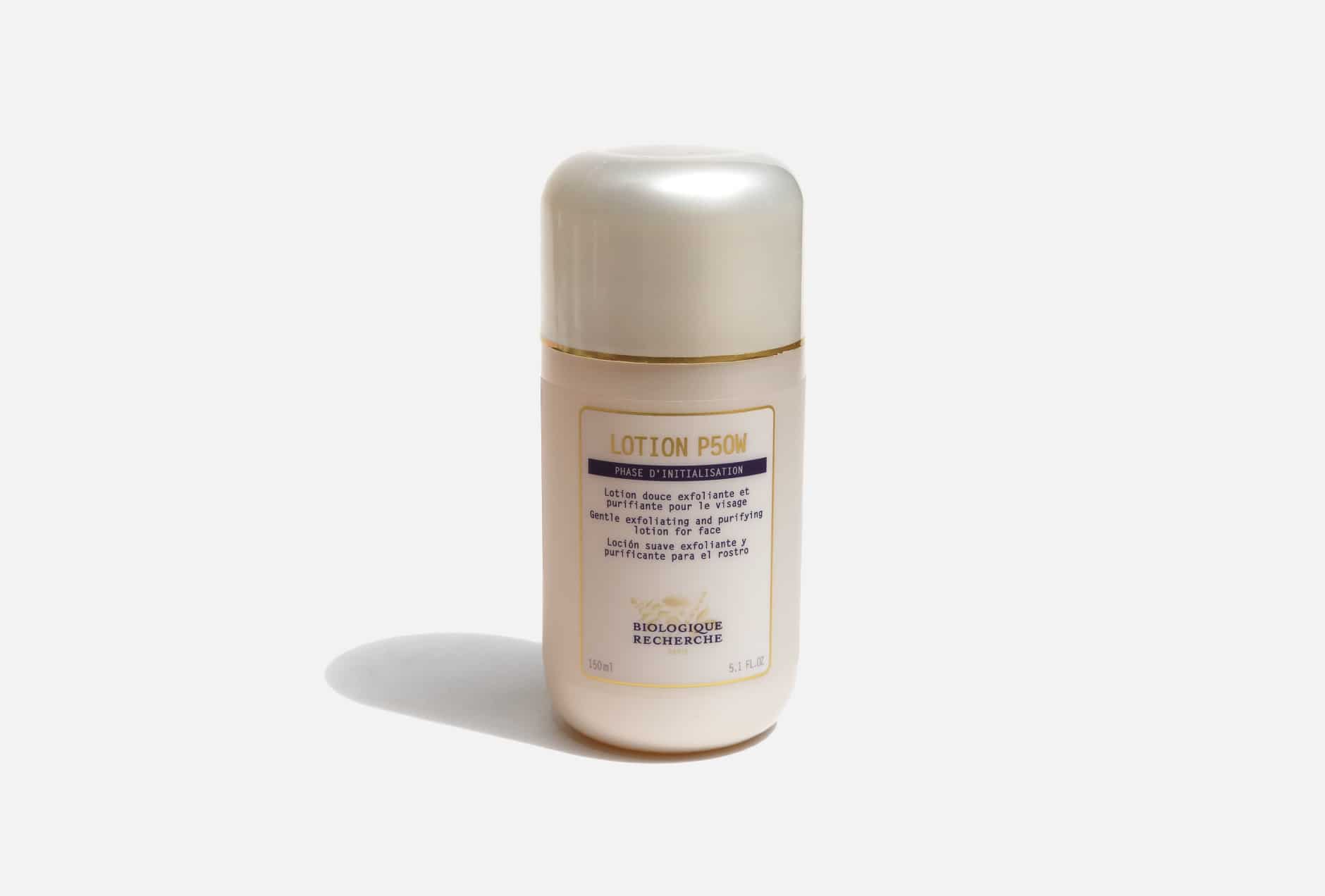
The cult favourite
Is this even a story on acids if Lotion P50 doesn’t feature? The cult favourite is both of these things for a reason. Hailed to condition, purify, cleanse and exfoliate the dermis, P50 is packed with AHA’s and BHA’s, amongst a myriad of other botanical and vitamin extracts that smell like manure, but do exactly what they say.
Back to basics
This gel formula keeps it fairly simple with only seven ingredients, and works to reduce clogged pores and dissolve excess sebum with oil-soluble Salicylic acid and Citric acid. The gel can be used over the whole face, or to target problem areas, as BHA’s are a gentle and non-invasive way to combat breakouts without doing excess damage to the skin’s barrier function.
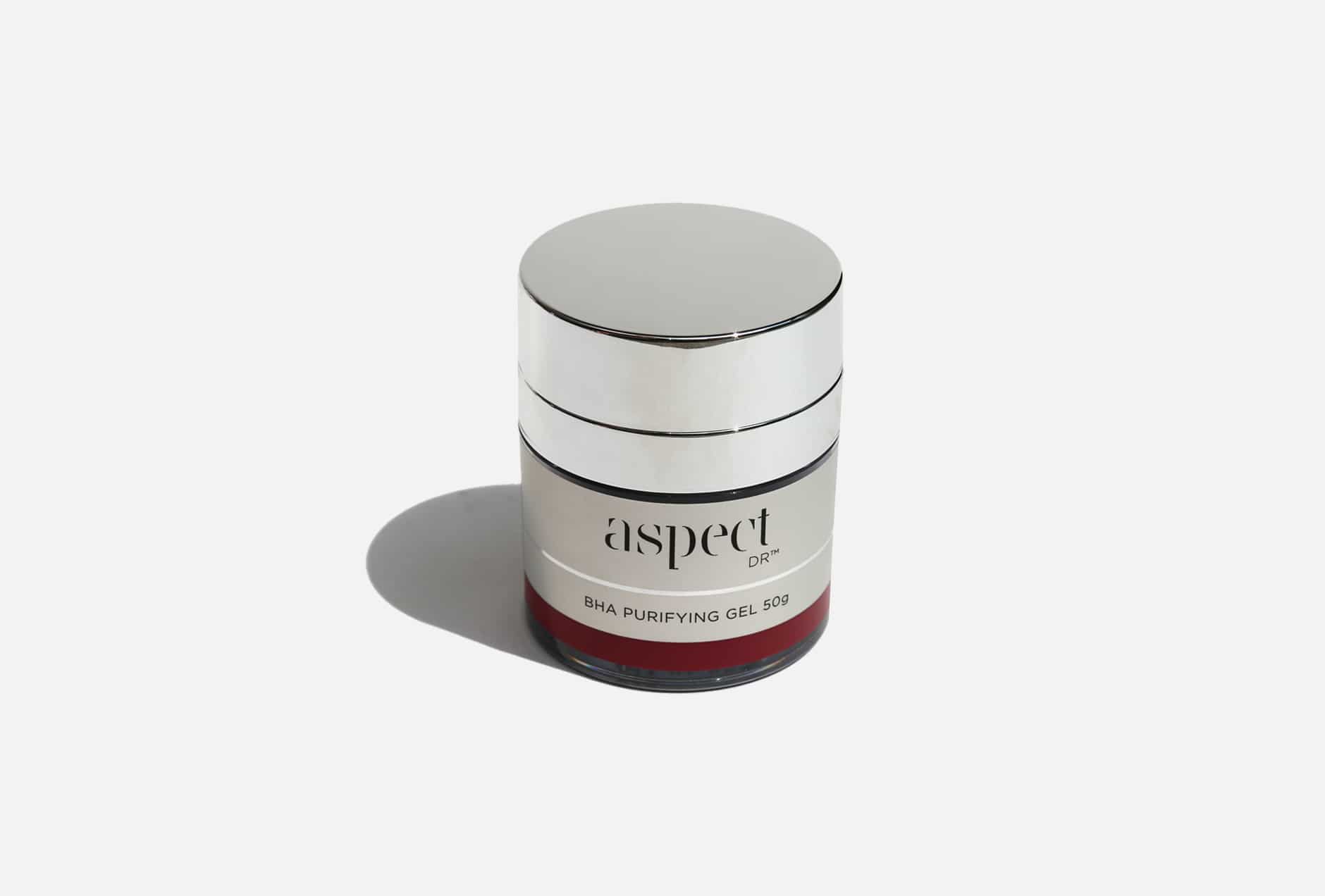
The hydration high achiever
A slightly different form of acid, this is a Hyaluronic acid-based serum contains high concentrations of Vitamin B5, which works to repair skin and increase barrier function. Hyaluronic acid is one of the more popular hydrators on the market, binding moisture to the skin, making it perfect for dehydrated, ageing and sensitised skins.
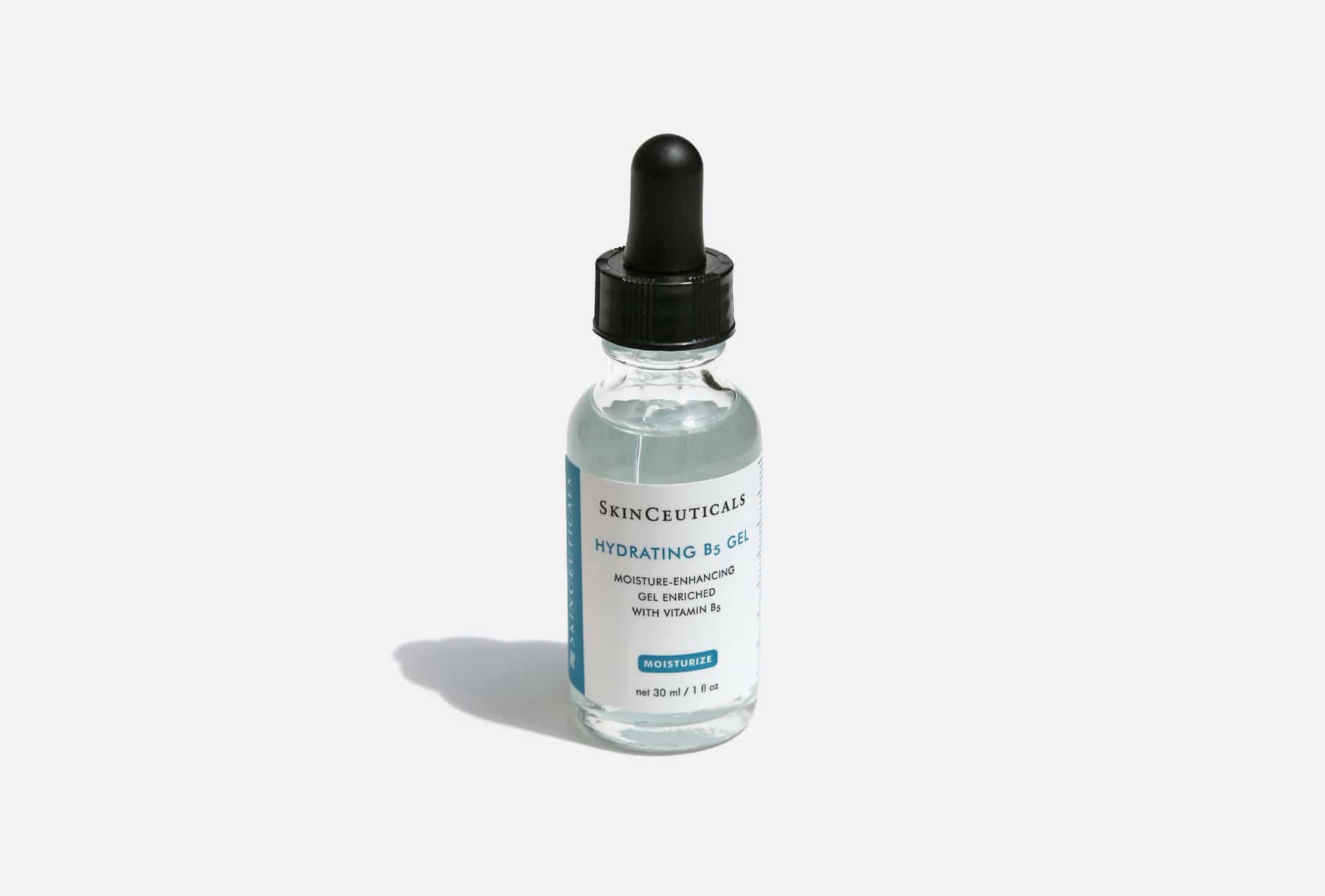
The hydration high achiever
A slightly different form of acid, this is a Hyaluronic acid-based serum contains high concentrations of Vitamin B5, which works to repair skin and increase barrier function. Hyaluronic acid is one of the more popular hydrators on the market, binding moisture to the skin, making it perfect for dehydrated, ageing and sensitised skins.
The not-so-ordinary
A new kind of acid on the market (and not part of the AHA or BHA family) is Alpha Lipoic acid, a highly concentrated antioxidant which could be likened to Vitamin C on ’roids. So much so, that it’s not recommended for daily use. Designed to improve skin texture and tone, renew and brighten, the water-free formula is an antioxidant enzyme which will leave you with a hefty amount of radiance.
